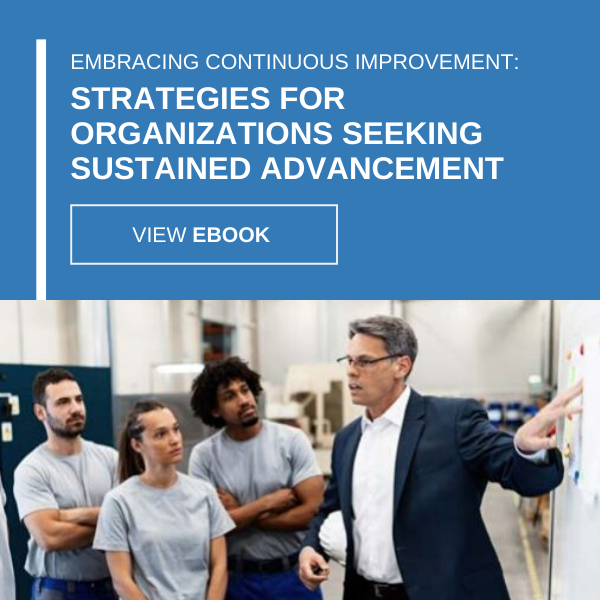-
Subscribe to Blog:
SEARCH THE BLOG
CATEGORIES
- Aerospace
- Asset Maintenance
- Automotive
- Blog
- Building Products
- Case Studies
- Chemical Processing
- Consulting
- Food & Beverage
- Forestry Products
- Hospitals & Healthcare
- Knowledge Transfer
- Lean Manufacturing
- Life Sciences
- Logistics
- Manufacturing
- Material Utilization
- Metals
- Mining
- News
- Office Politics
- Oil & Gas
- Plastics
- Private Equity
- Process Improvement
- Project Management
- Spend Management
- Supply Chain
- Uncategorized
- Utilities
- Whitepapers
BLOG ARCHIVES
- July 2025 (1)
- June 2025 (4)
- May 2025 (1)
- April 2025 (1)
- March 2025 (1)
- February 2025 (4)
- January 2025 (4)
- December 2024 (4)
- November 2024 (2)
- October 2024 (6)
- September 2024 (5)
- August 2024 (5)
- July 2024 (6)
- June 2024 (3)
- May 2024 (3)
- April 2024 (4)
- March 2024 (3)
- February 2024 (4)
- January 2024 (5)
- December 2023 (2)
- November 2023 (1)
- October 2023 (6)
- September 2023 (3)
- August 2023 (4)
- July 2023 (2)
- June 2023 (3)
- May 2023 (7)
- April 2023 (3)
- March 2023 (3)
- February 2023 (5)
- January 2023 (6)
- December 2022 (2)
- November 2022 (5)
- October 2022 (5)
- September 2022 (5)
- August 2022 (6)
- July 2022 (3)
- June 2022 (4)
- May 2022 (5)
- April 2022 (3)
- March 2022 (5)
- February 2022 (4)
- January 2022 (7)
- December 2021 (3)
- November 2021 (5)
- October 2021 (3)
- September 2021 (2)
- August 2021 (6)
- July 2021 (2)
- June 2021 (10)
- May 2021 (4)
- April 2021 (5)
- March 2021 (5)
- February 2021 (3)
- January 2021 (4)
- December 2020 (3)
- November 2020 (3)
- October 2020 (3)
- September 2020 (3)
- August 2020 (4)
- July 2020 (3)
- June 2020 (5)
- May 2020 (3)
- April 2020 (3)
- March 2020 (4)
- February 2020 (4)
- January 2020 (4)
- December 2019 (3)
- November 2019 (2)
- October 2019 (4)
- September 2019 (2)
- August 2019 (4)
- July 2019 (3)
- June 2019 (4)
- May 2019 (2)
- April 2019 (4)
- March 2019 (4)
- February 2019 (5)
- January 2019 (5)
- December 2018 (2)
- November 2018 (2)
- October 2018 (5)
- September 2018 (4)
- August 2018 (3)
- July 2018 (2)
- June 2018 (4)
- May 2018 (3)
- April 2018 (3)
- March 2018 (2)
- February 2018 (2)
- January 2018 (1)
- December 2017 (1)
- November 2017 (2)
- October 2017 (2)
- September 2017 (1)
- August 2017 (2)
- July 2017 (2)
- June 2017 (1)
- April 2017 (3)
- March 2017 (3)
- February 2017 (2)
- January 2017 (2)
- December 2016 (2)
- November 2016 (4)
- October 2016 (4)
- September 2016 (3)
- August 2016 (6)
- July 2016 (4)
- June 2016 (4)
- May 2016 (1)
- April 2016 (3)
- March 2016 (4)
- February 2016 (2)
- January 2016 (4)
- December 2015 (3)
- November 2015 (3)
- October 2015 (1)
- September 2015 (1)
- August 2015 (4)
- July 2015 (6)
- June 2015 (4)
- May 2015 (7)
- April 2015 (6)
- March 2015 (6)
- February 2015 (4)
- January 2015 (3)
CONNECT WITH US
Tag Archives: Pareto Principle
At a time when businesses everywhere value continuous improvement, setting goals is now more important than ever. Are your business objectives moving you forward, or are you merely treading water? We’ve put together a list of suggestions for how to set practical goals that actually grow your organization.
Target areas of great potential gain
The Pareto Principle strikes again – by following the time-tested 80/20 rule, business leaders can focus on areas where their companies experience the greatest inefficiency to deliver the most substantial results.

For a quick refresher, the Pareto Principle states about 80 percent of results come from 20 percent of the causes. For example, 20 percent of your customers purchase 80 percent of your wares. While this isn’t a hard-and-fast mathematical certitude, it is an effective foundation for thinking about internal processes. After all, if 80 percent of your cycle time comes from 20 percent of your processes, optimizing that one-fifth will significantly reduce production waste.
“Objectives with low effort and high value make excellent starting points.”
Also, when prioritizing which goals to tackle first, Inc. recommends considering the relationship between the effort expended to accomplish them versus the resulting payoff. Objectives with low effort and high value make excellent starting points for your improvement itinerary.
Always measure, always track
Success isn’t measured in feelings, but absolute figures. Setting goals requires businesses to identify exactly how much on an improvement constitutes a win for the organization, as well as a system by which to quantify those wins. “Better changeover” won’t cut it as an objective, but “a 25 percent reduction in changeover time” will.
Improvements to process, safety, workforce management, financial performance – all of these metrics can and should be monitored if businesses expect to make any headway on goal-setting. Decision-makers should also try to employ the latest operational monitoring technology like low-cost sensors coupled with process management software to get the most accurate results without adding waste elsewhere. Sure, you may have slightly improved your changeover time, but if you achieved it by forcing operators to fill out forms manually, you’re detracting from your gains in the process.
Go beyond the ordinary
These days, businesses avoid risks whenever possible. However, when it comes to setting goals, IndustryWeek contributor and manufacturing expert, Larry Fast, recommends pushing the bar as high as possible:
“Which would you rather have,” Fast writes, “a 25 percent improvement goal that accomplishes 28 percent or a 75 percent improvement goal that ‘only’ yields 67 percent improvement but that jump starts the new way we’re going to manage the business?”
As Fast clarifies, when business leaders only set modest goals, they have a better chance of pulling them off. However, these represent only surface-level improvements accomplished through urgency, not through systemic process changes. When goals challenge organizations to reprogram the ways they’ve approached operations in the past, they undoubtedly invite risks, but they also open up incredible potential for outstanding and sustainable rewards.





